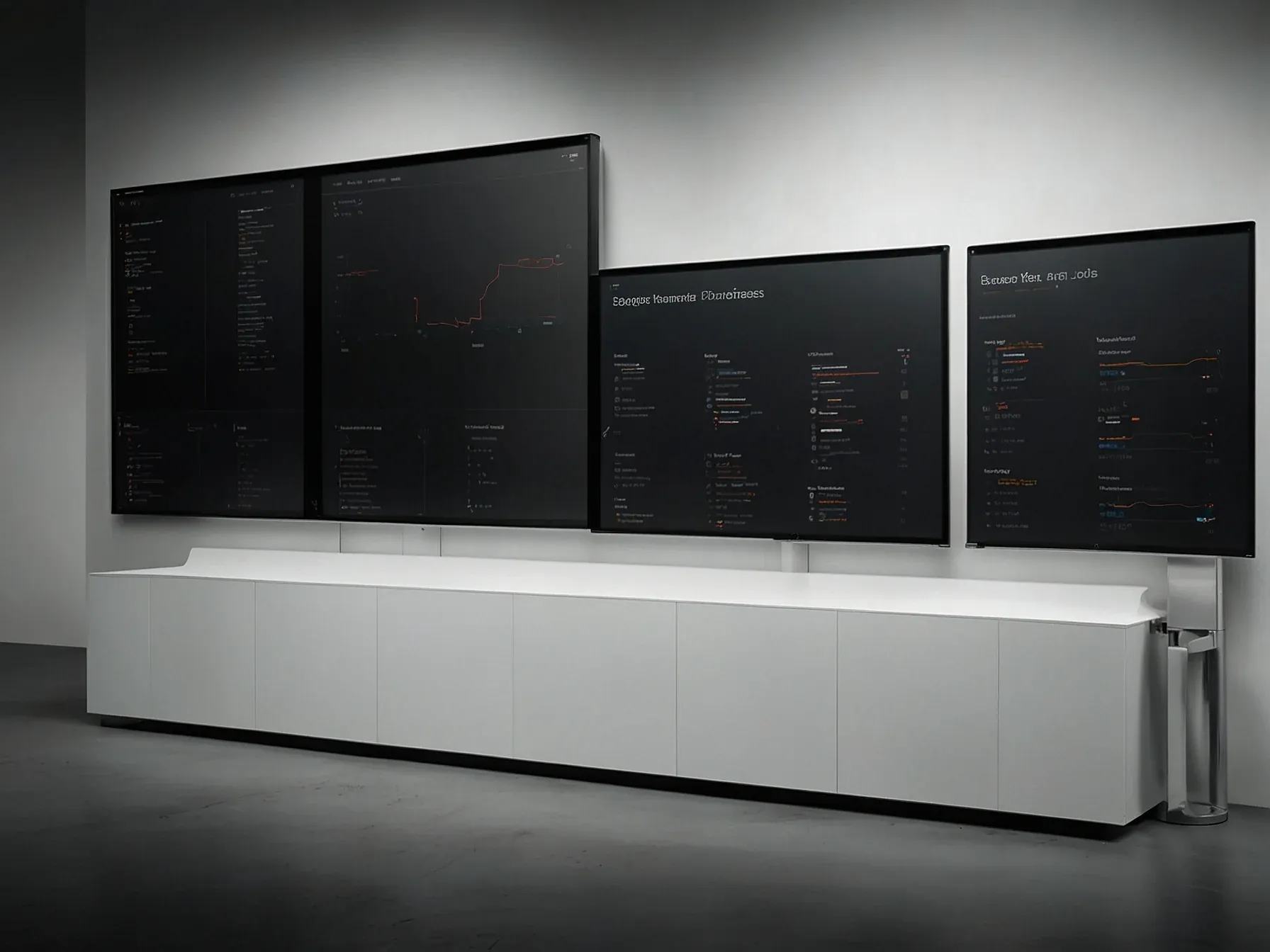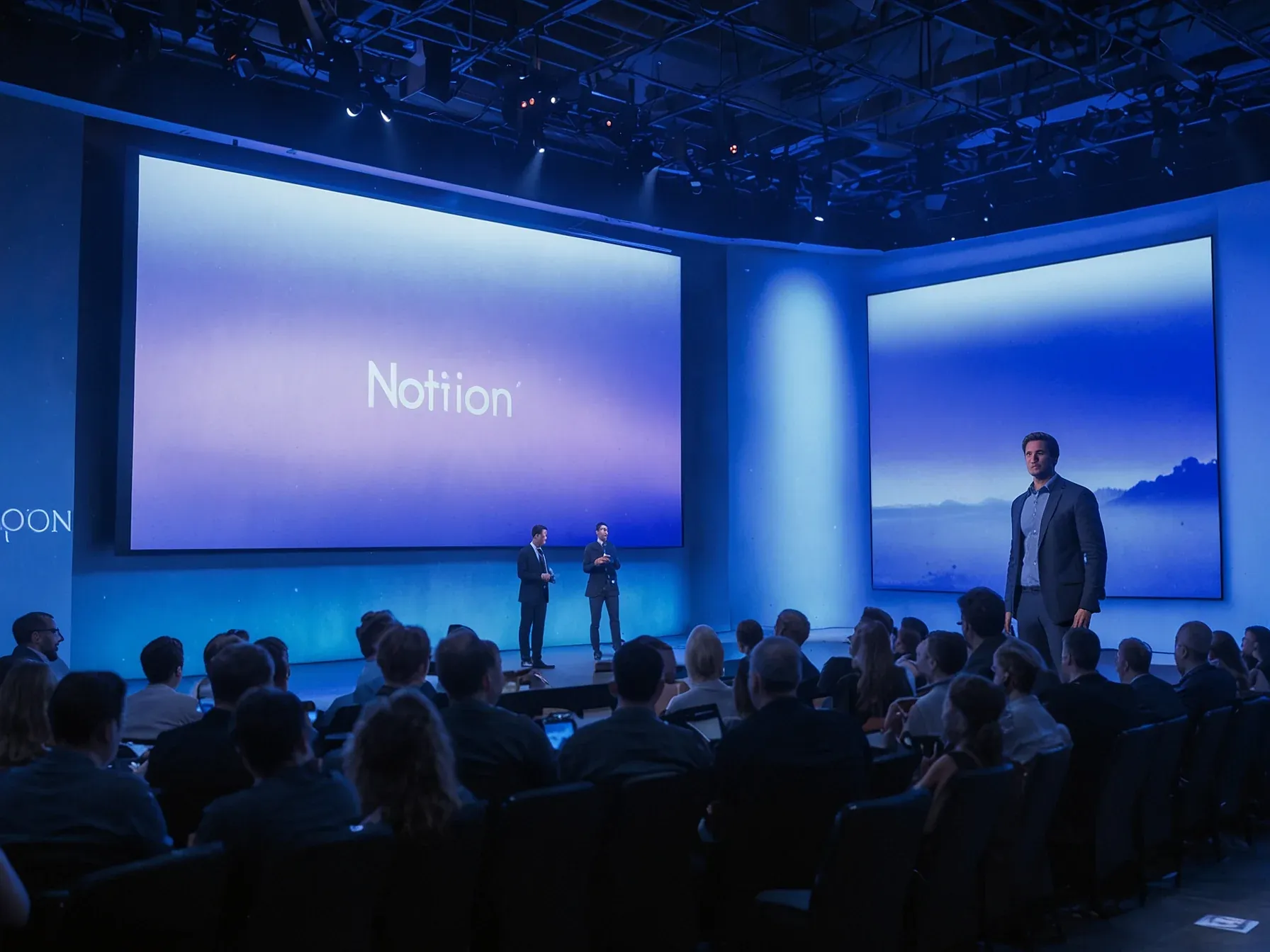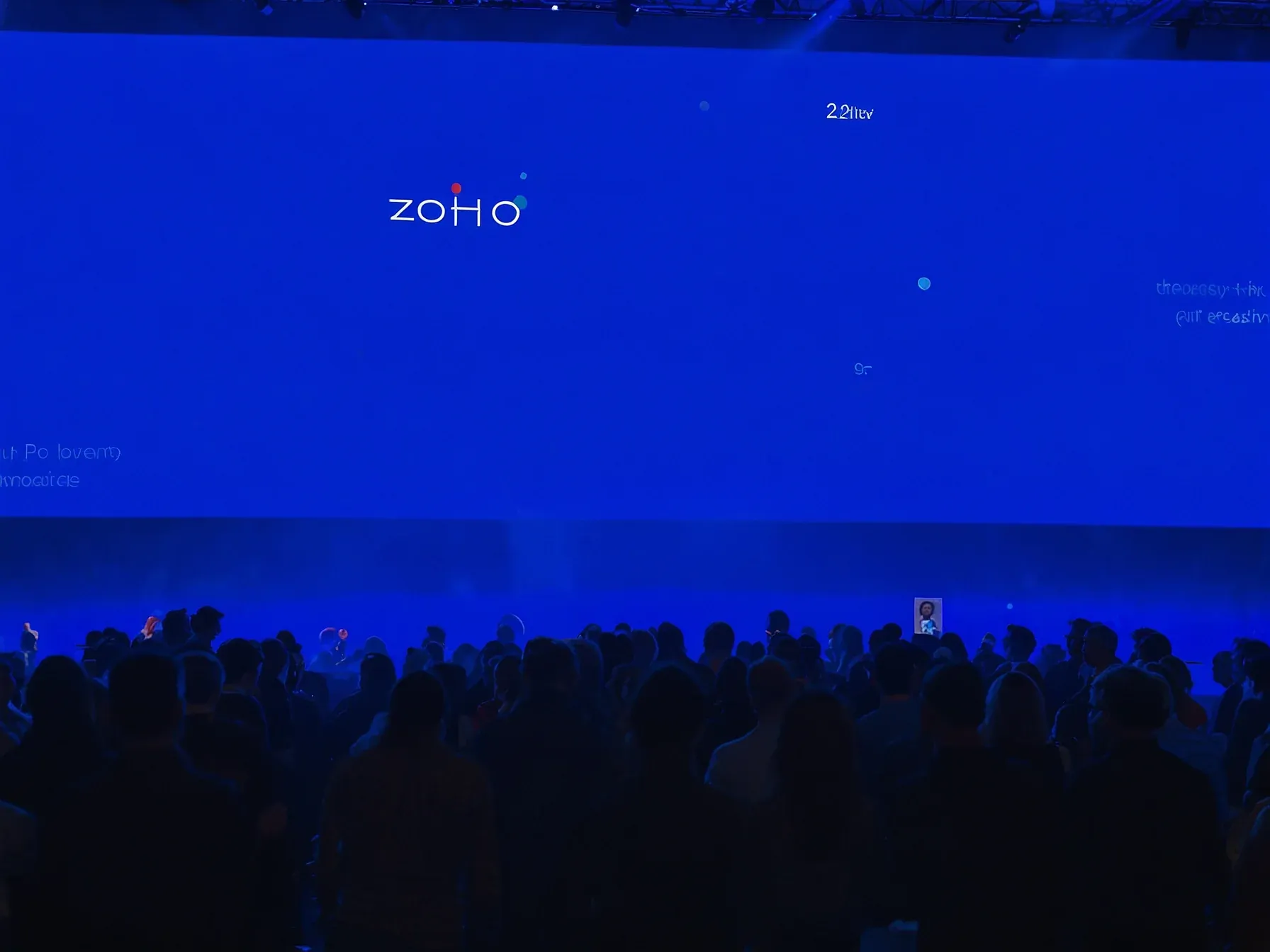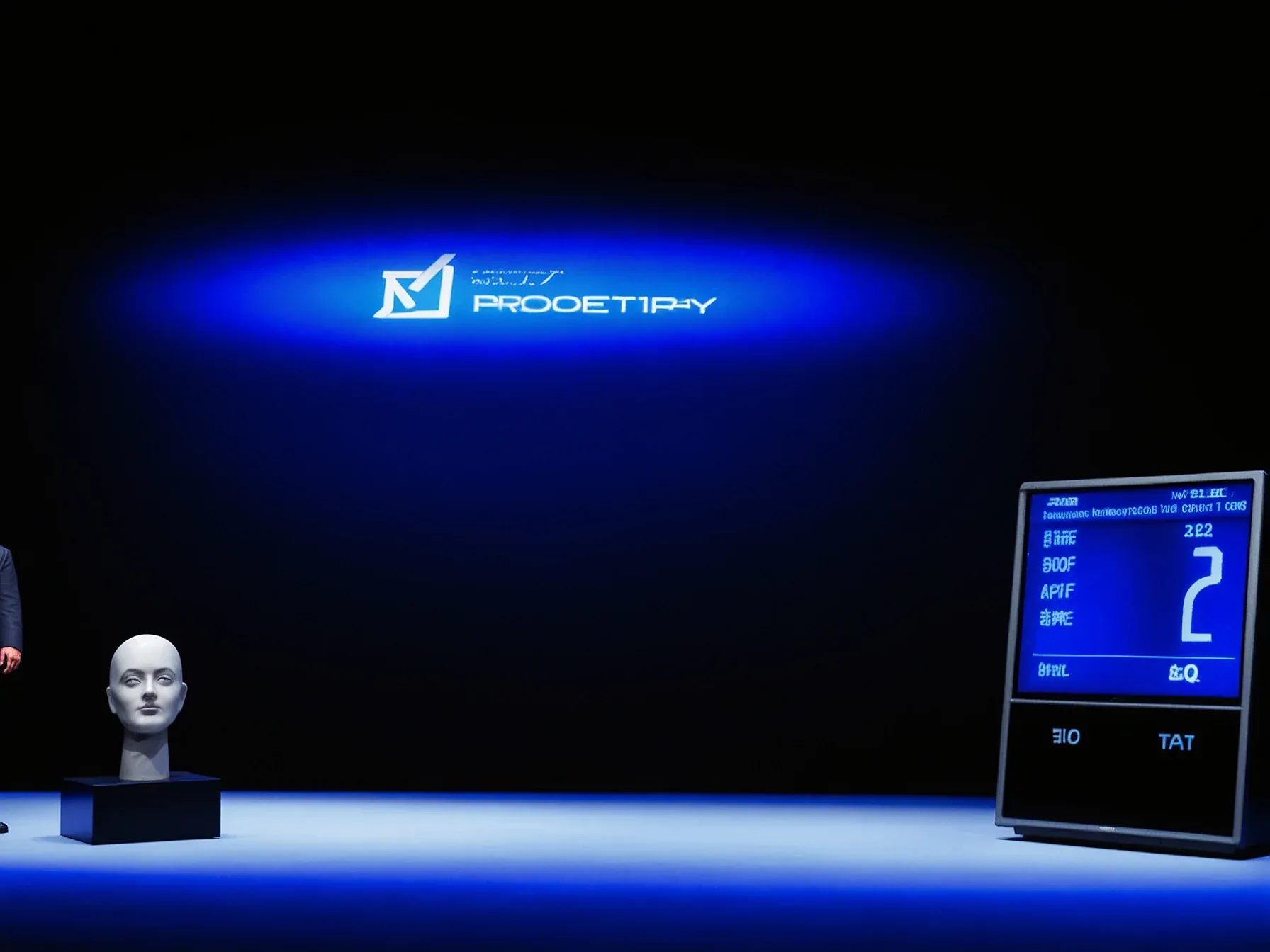
Polestar Analytics says winners will turn unstructured data into value
Why does the shift matter now? While Polestar Analytics builds its vision of a converged data ecosystem, the pressure on Indian enterprises to extract value from the flood of emails, PDFs, voice notes and video logs is intensifying. Ajay notes that AI adoption in India is moving beyond pilot projects; companies are scrambling for tools that can stitch disparate information into something usable.
Here's the thing: most startups in the space are touting ever‑more sophisticated models, yet the bottleneck remains the raw, unstructured content that sits in inboxes and shared drives. But the reality is that without a way to surface insights from that mess, even the flashiest algorithm stays idle on the shelf. The partnership signals a pragmatic pivot—focus not on model complexity, but on turning the chaotic data that fuels daily decisions into operational intelligence.
Amit explained that the real winners in the next decade won't be the ones building the most advanced models, but those who can turn unstructured data—like emails, documents, conversations and videos—into actionable and operational intelligence.
Amit explained that the real winners in the next decade won't be the ones building the most advanced models, but those who can turn unstructured data--like emails, documents, conversations and videos--into actionable and operational intelligence. AI Adoption in India According to Ajay, Indian enterprises are at an inflexion point in their AI journey. "A few years ago, the conversation was around AI experimentation.
Today, it's about how to scale responsibly and drive measurable outcomes," he said. Across the world, industries are no longer evolving through incremental change. They're reimagining entire systems with AI that is contextual, cost-efficient and outcome-first.
"The biggest opportunity lies in convergence," Ajay added. "True transformation will happen when data, decisions and delivery operate in one connected ecosystem." From Services to Platforms Polestar Analytics recently raised new funding to accelerate the development of its 1Platform, an enterprise-grade AI and data convergence stack. "Our fundraiser is a strategic step towards transforming from a services-led organisation into a platform-driven AI company," Chetan said.
The company plans to deploy capital across three areas: IP development, enterprise expansion and global growth. "We're doubling down on the convergence of data, decisions and automation, helping enterprises scale faster with governance and measurable impact built in from day one," he said.
Polestar Analytics isn’t just selling a tool; it’s pitching a partnership model that ties data, decisions and transformation together. The co‑founders argue that the next decade’s leaders will be those who can wrangle unstructured inputs—emails, documents, conversations, videos—into operational insight, not necessarily the teams that build the flashiest models. Amit’s point underscores a shift from pure model engineering toward practical intelligence extraction.
Chetan and Ajay echo that view, suggesting a broader strategic role for analytics firms in guiding enterprises through AI adoption. Yet the brief reference to Indian enterprises leaves open how quickly or widely that market will embrace such convergence. Unclear whether the promised alignment will materialise without clearer evidence of implementation pathways.
What remains evident is Polestar’s emphasis on turning raw, messy data into usable value, a stance that could define its relevance as organizations grapple with ever‑growing information streams.
Further Reading
- Unlocking Unstructured Data Value with AI - Market Logic
- Polestar Analytics Raises $12.5M to Advance AI Capabilities & 1Platform for Converged Data Ecosystem - PR Newswire
- Top 4 Latest Data Management Trends - Polestar Solutions
Common Questions Answered
According to Polestar Analytics, what type of data will determine the winners in the next decade?
Polestar Analytics argues that the real winners will be those who can turn unstructured data—such as emails, PDFs, voice notes, and video logs—into actionable and operational intelligence. Mastering this conversion, rather than just building sophisticated models, is seen as the key competitive edge.
How does Polestar Analytics’ partnership model differ from traditional AI tool sales?
Instead of merely selling a software product, Polestar Analytics offers a partnership model that links data ingestion, decision‑making processes, and business transformation. This integrated approach aims to embed AI insights directly into operational workflows, ensuring measurable impact at scale.
What shift in AI adoption in India does Ajay highlight in the article?
Ajay notes that Indian enterprises have moved past the experimental phase of AI and are now focused on scaling responsibly while delivering measurable results. The conversation has shifted from proof‑of‑concept projects to building sustainable, enterprise‑wide AI capabilities.
Why does the article suggest that building the most advanced models is no longer the primary competitive advantage?
The article emphasizes that many startups are touting ever‑more sophisticated models, but the bottleneck lies in extracting usable intelligence from diverse, unstructured inputs. Companies that can efficiently transform those inputs into operational insight will outpace those that only excel at model engineering.




